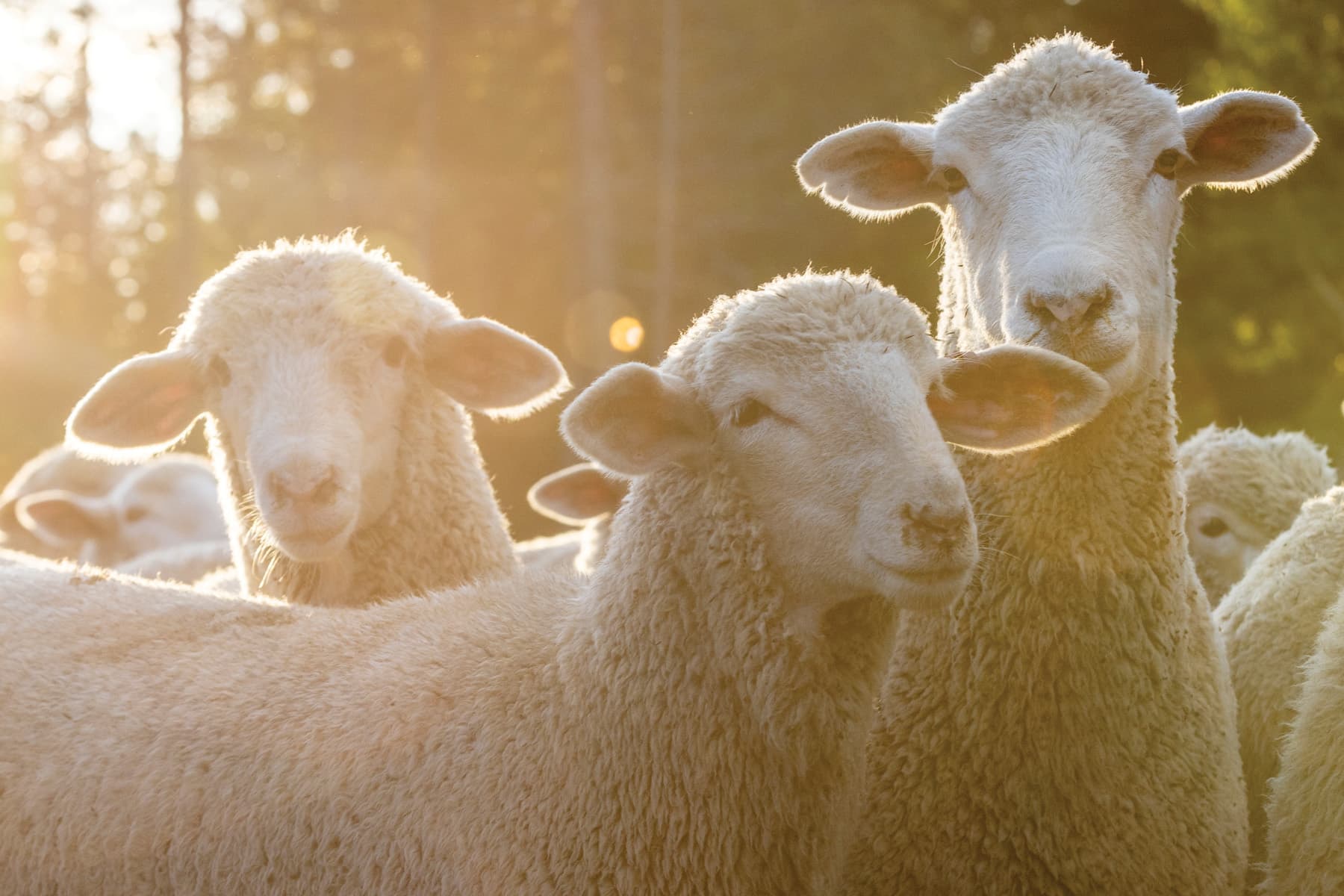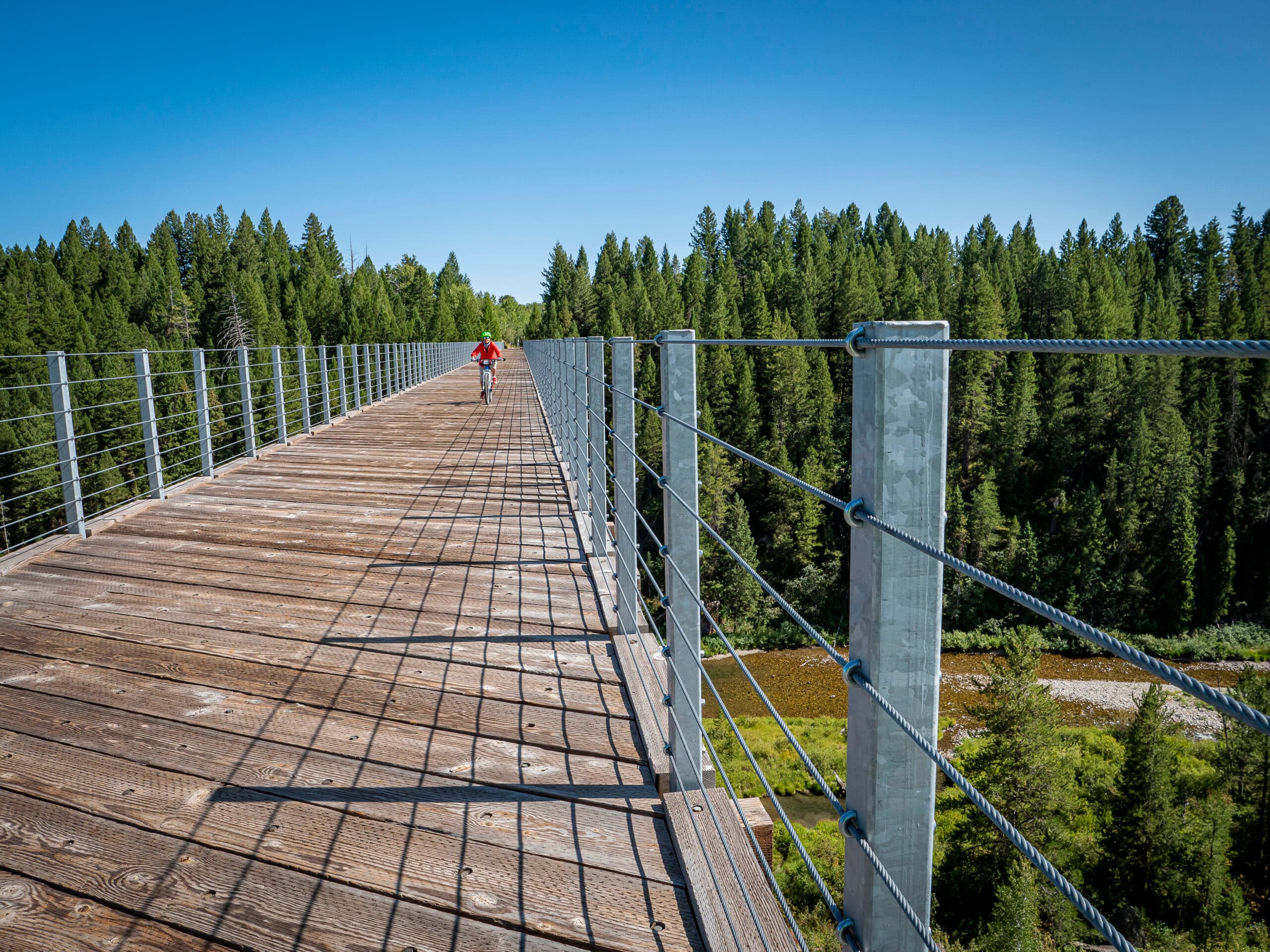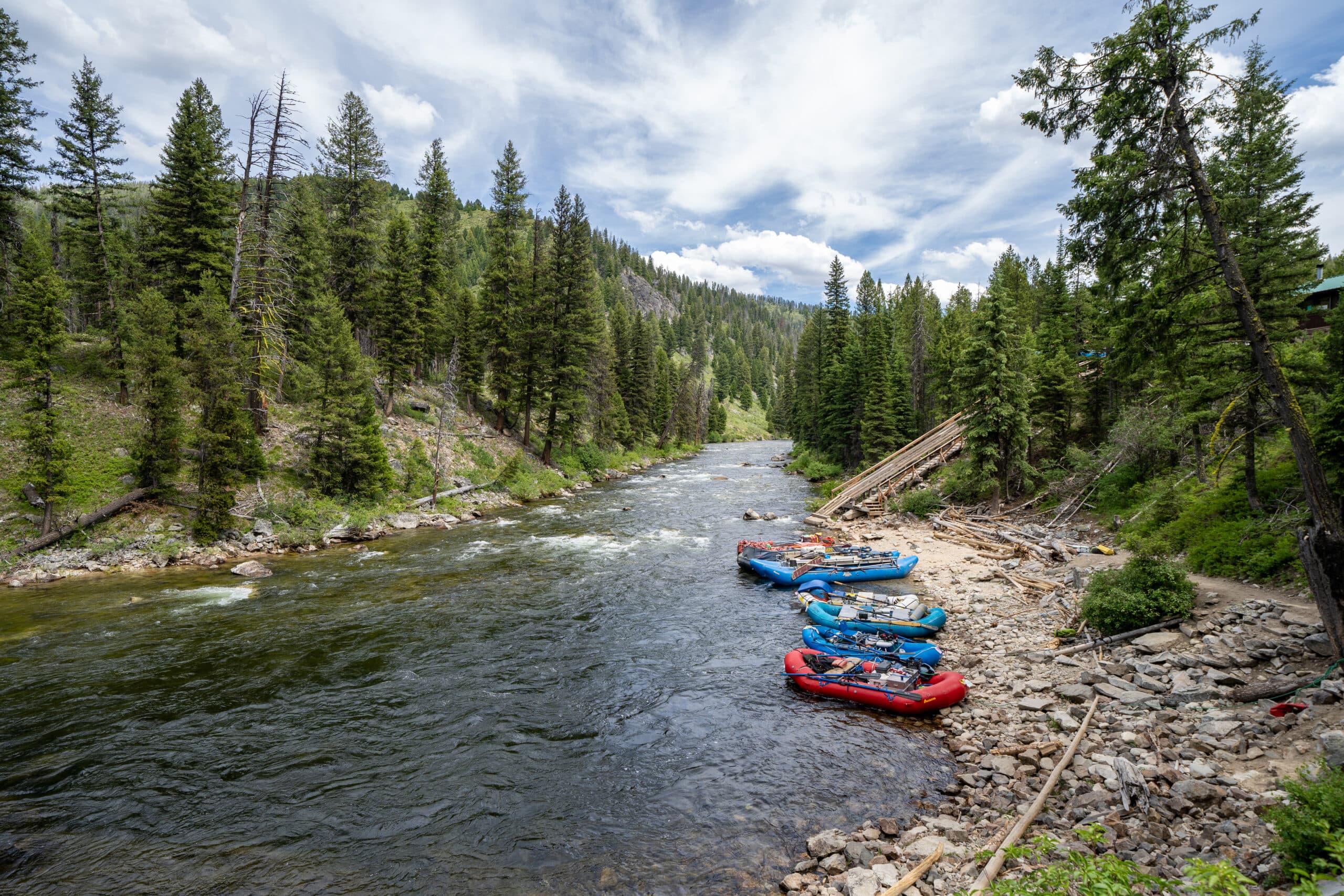Herding Heritage
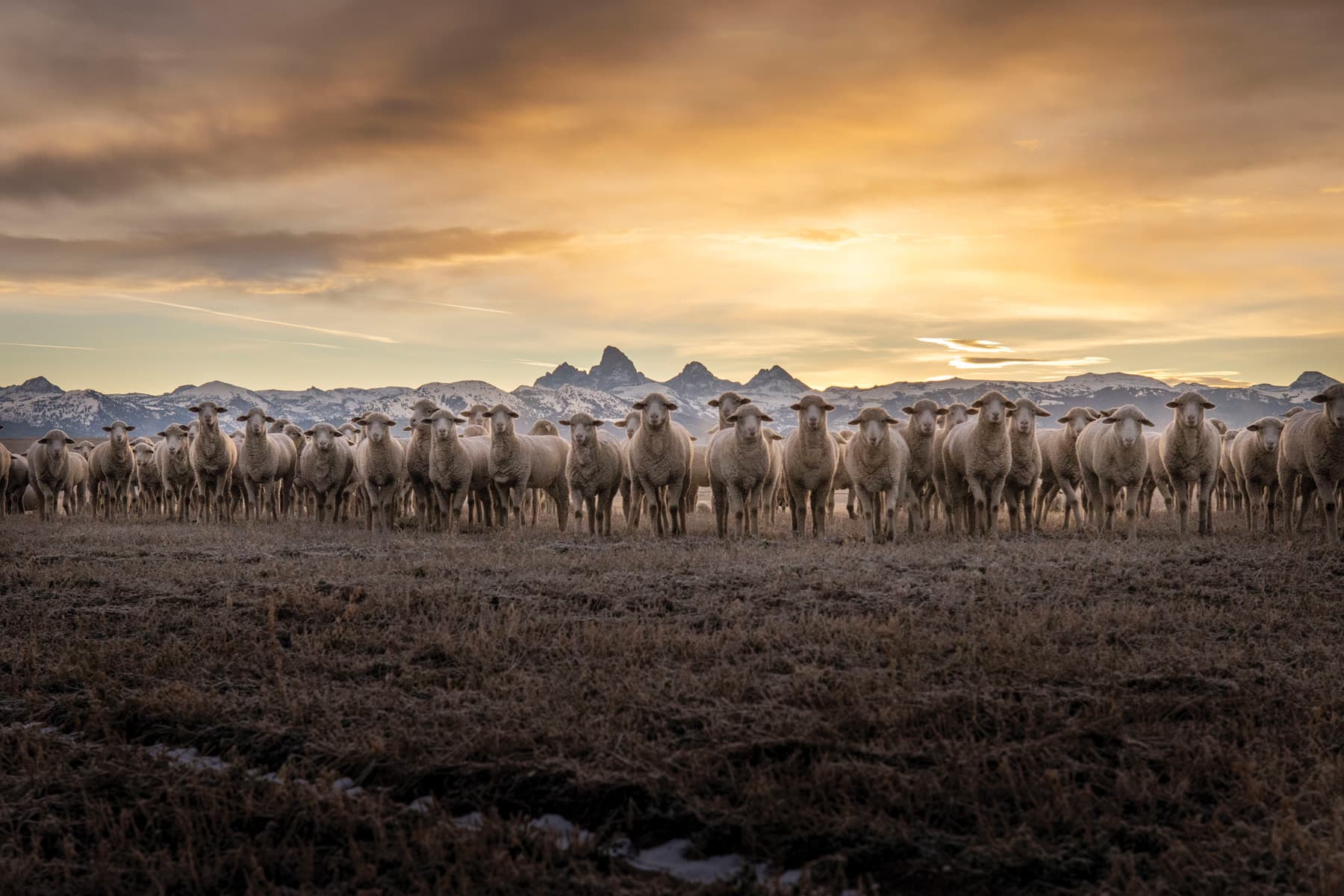
For nearly 140 years, or six generations, the Siddoway family’s four-legged wards have been leaving hoof prints across the region’s landscapes.
The family’s sheep-growing enterprise, Grand Teton Lamb, yields alpine- grazed, humanely raised, sustainable lamb. Every June, around eight thousand lambs embark on a four-month journey from the Arco desert near Terreton to high alpine pastures. Unbeknownst to the sheep as they nibble on wildflowers and western snowberry, painstaking preparation goes into planning the ruminants’ route that takes them into meadows as high as 10,000 feet above sea level.
Therein lies the advantage enjoyed by Grand Teton Lamb, whose bestsellers include lamb loin chop and rack of lamb.
“They have this huge buffet. That’s what makes our lamb different than lamb raised in a pasture with a monoculture,” says J.C. Siddoway, the fifth- generation rancher at the helm of the family business. “That’s the spices that makes our lamb taste the way it does.”
Most people are accustomed to a stronger-tasting lamb, J.C. says, which derives from pasture grazing, usually on some variety of bluegrass. Grand Teton Lamb boasts a milder flavor and more tender texture.
The Grand Teton Lamb story started in 1886 with James Siddoway who settled along Canyon Creek, a tributary of the Teton River, east of present-day Newdale. Living in a canvas tent, James operated a lumber mill before he and wife Ruth turned their hands to farming.
“It was all virgin ground, sagebrush, and rocks,” J.C. explains. “They needed water so they developed a lot of irrigation systems to pull water from the rivers.”
Hailing from Scotland and Ireland, the couple were used to running sheep on pastures, and they started out with a few hundred sheep. They quickly learned that the grazing practices followed in their homeland didn’t quite transfer to the big seasonal swings in the Tetons, which meant drier pastures and a need to move the sheep further than a few miles down the road in the winter months.
So, they sent herders to accompany the sheep and move them from place to place every day, a technique the Siddoways still employ today.
The next two generations kicked it up a notch: one small grazing herd became multiple herds, expanding the breeding of ewes and improving pack trails through the mountains. Six thou- sand sheep more than doubled to thirteen thousand.
Then came J.C.’s parents, Jeff and Cindy Siddoway, who broke ground of their own, not only diversifying operations by raising elk and bison in addition to sheep, but making history. Cindy became the first female president of the American Sheep Industry Association, while Jeff served in the Idaho Senate.
J.C. and his sister Billie represent the fifth generation of Siddoways, having grown the grazing range to span parts of Idaho, Wyoming, Utah, Nevada, and Colorado. In 2022, the family began selling their lamb directly to consumers, restaurants, and grocers.
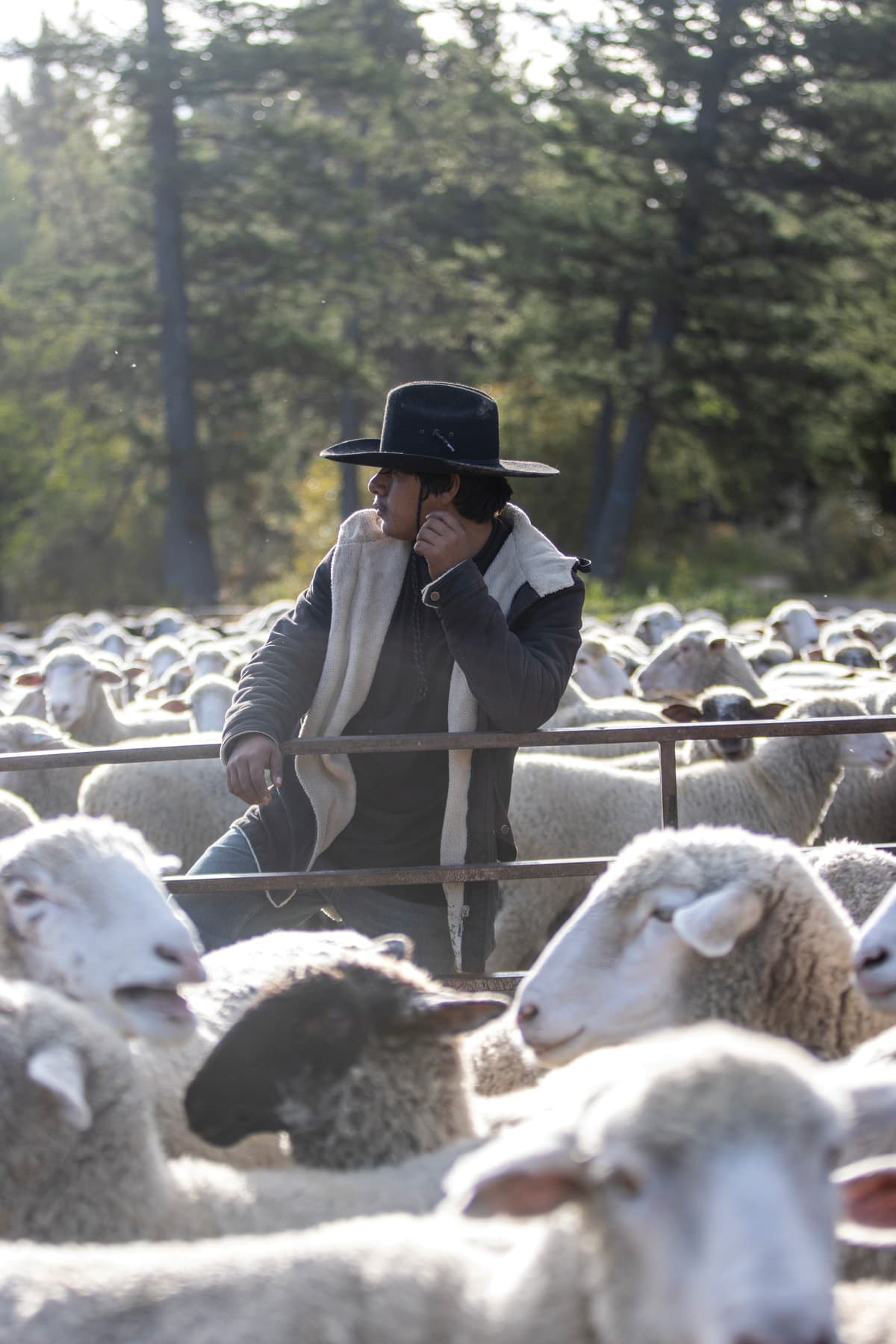
VICTOR, IDAHO – SEPTEMBER 9: Jhosaph Rojis a Peruvian shepherd helps move sheep belonging to the Siddoway ranch at the top of Pine Creek Pass near on September 9, 2023 near Victor, Idaho. At the end of summer sheep herds are collected and the ewes are separated from their lambs, who are shipped to market or saved for breeding stock. The Siddoway family have been sheep ranching in southeast Idaho since the 1880s and have more than 7000 sheep. (Photo by Natalie Behring/Getty Images)
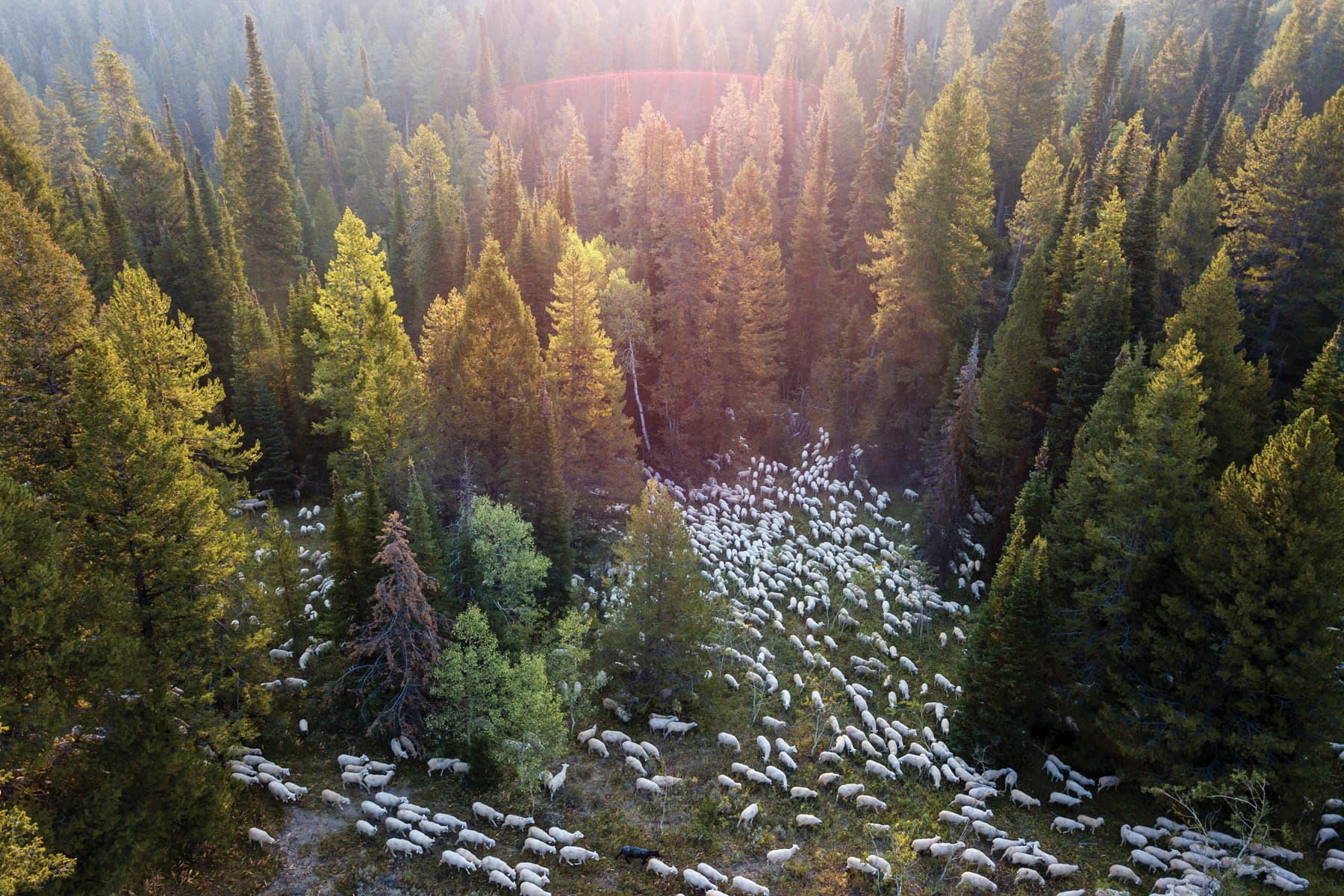
Siddoway lambs are shipped from pasture at Pine Creek Pass, near Victor, Idaho
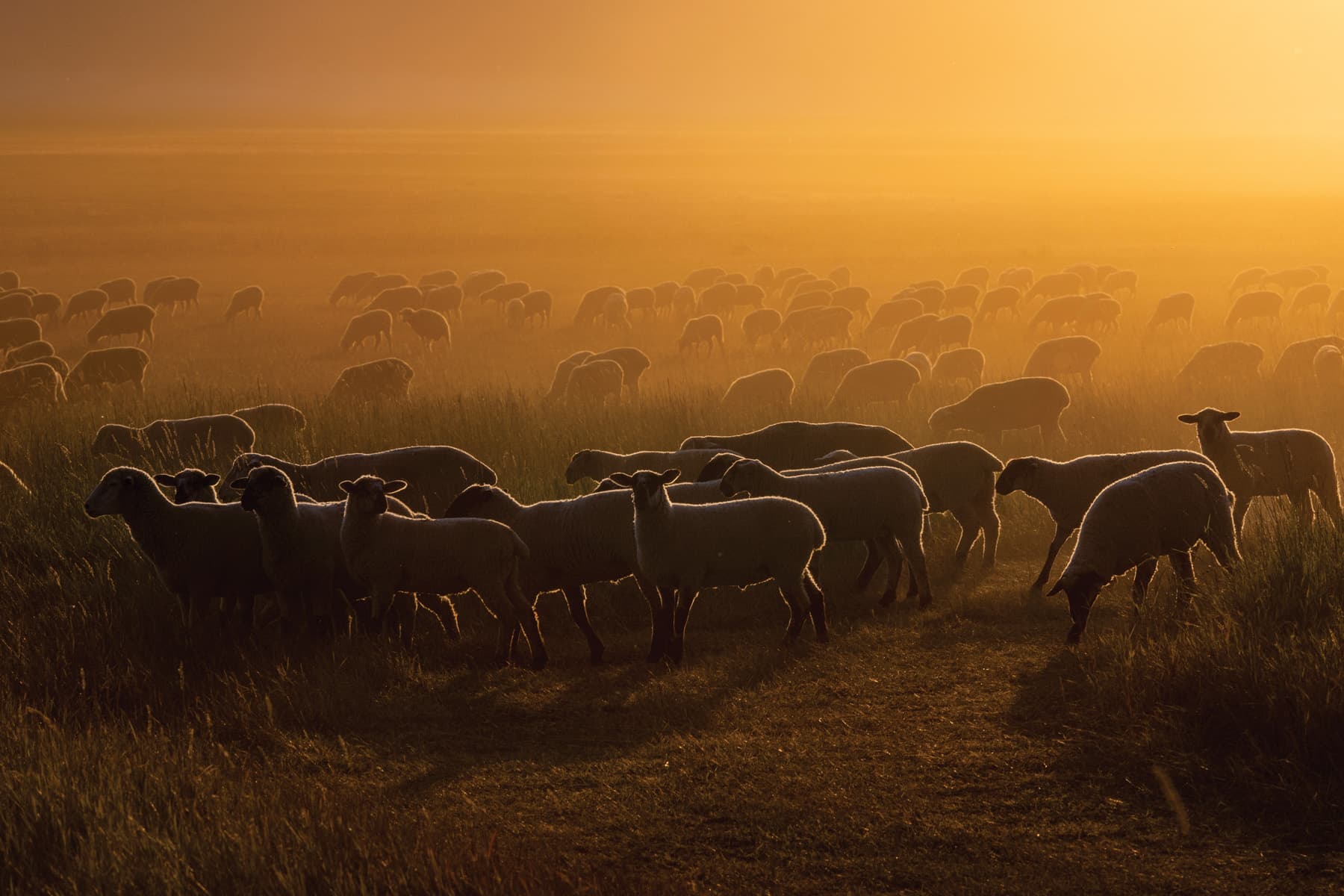
Siddoway sheep are shipped from Palisades Reservoir near Irwin, Idaho
“Currently, we’re running around eight thousand head of breeding sheep,” J.C. says. “We lost some of our grazing area and had to cut back on our numbers.”
Part of that loss was an allotment the Siddoway family sold in 1994 to protect bighorn sheep in Moose Creek Canyon. The family technically hasn’t lost any additional land, but forest permits allow fewer sheep to graze on the current acreage and some of the ground has been diverted for elk and bison grazing. In the winter, the herd is taken to the Arco desert, where they stay usually until mid- February, depending on the snow level. Lambing starts in March, when it’s all hands on deck.
The Siddoways and their team ultra-sound the ewes, moving the expectant mothers into a “drop herd.” Lambs are born in lambing sheds—three hundred are usually born a day—where they’re carefully monitored for their first week of life.
“It’s a real critical time in their life,” J.C. explains. “Some years, it’s twenty below zero outside and you’re constantly doing everything you can to keep the lambs warm and dry.”
Lambing wraps up by mid-April as the desert starts to warm, allowing the lambs to graze en plein air on crested wheatgrass.
Grazing areas start out at 4,500 feet above sea level with the sheep traveling to altitudes as high as 10,000 feet until mid-September. That’s when the herds are driven back down for the breeding season.
The only way to get the sheep into the mountains is by herders on horseback, following trails the Siddoways clear out before taking the sheep up. Two herders, who are with the sheep at all times, have a clear plan for where the animals will go, although that plan changes from year to year. The grazing schedule must be approved in advance by the U.S. Forest Service.
“We’re making adjustments all the time, depending on Mother Nature,” J.C. says. “There may be a fire in one area or we have a lot of runoff coming down because it was a high snow year and the sheep can’t cross the cricks.”
Then there are the predators: certain areas mean more bears, mountain lions, coyotes, and wolves. Wolves present the biggest challenge to the Siddoways. Since the early 1990s, Great Pyrenees guard dogs have been employed to protect the herd.
“There isn’t much you can do,” J.C. says. “That’s one of our biggest battles. We’re trying to figure it out.”
It all ties into what J.C. considers the biggest misconception the public has about sheep ranching.
“Most people think we turn our sheep out on the forest and then gather them up in the fall,” he says. “People think it’s sheep in a pasture, leave ’em be. [In reality] it’s active management. We move them to a new place every single day; we plan out where they’re going to water.” Each ewe is capable of having two to three lambs yearly, and will also produce ten pounds of wool a year. This is sold to Oregon-based Shaniko Wool Company, whose client list includes Ralph Lauren and Team USA at the Winter Olympics.
Every year the ranch is audited to ensure humane treatment of their animals and workers. That audit includes the tools used for shearing, transportation modes, what the sheep are fed, vaccination methods, and range assessments to ensure over-grazing is not taking place.
In 2021, Grand Teton Lamb received its first humane certification and currently holds two, under different companies: the Responsible Wool Standard (RWS) developed by the Textile Exchange and the NATIVA Protocol developed by Chargeurs. Both certifications require standards for humane treatment of animals, environmental stewardship, and fair employment practices.
While environmentalists and ranchers haven’t historically been the tightest of bedfellows, J.C. says the tide is turning, with research pointing to an environmental payoff to grazing—when it’s done right. Grazing improves soil quality and reduces the need for fertilizers. As sheep migrate from winter valleys to summer heights, their hooves cultivate the land, aerating the soil and enriching it with organic nutrients.
“I think [in the future] we’ll have more friends than we’re used to,” J.C. says. Behind the scenes, J.C.’s daughter Emma, still in college, is helping with the books, taking the torch for the sixth generation. Still, there’s a long way to go to shepherd the future. “Sheep numbers are the lowest they’ve ever been in the U.S.,” J.C. says. “We’re in a rebuilding phase. We’ve hit rock bottom with our markets, but we’re trying to sell our own meat and add value to keep these ranches going.”
To learn more and to buy product, visit grandtetonlamb.com.
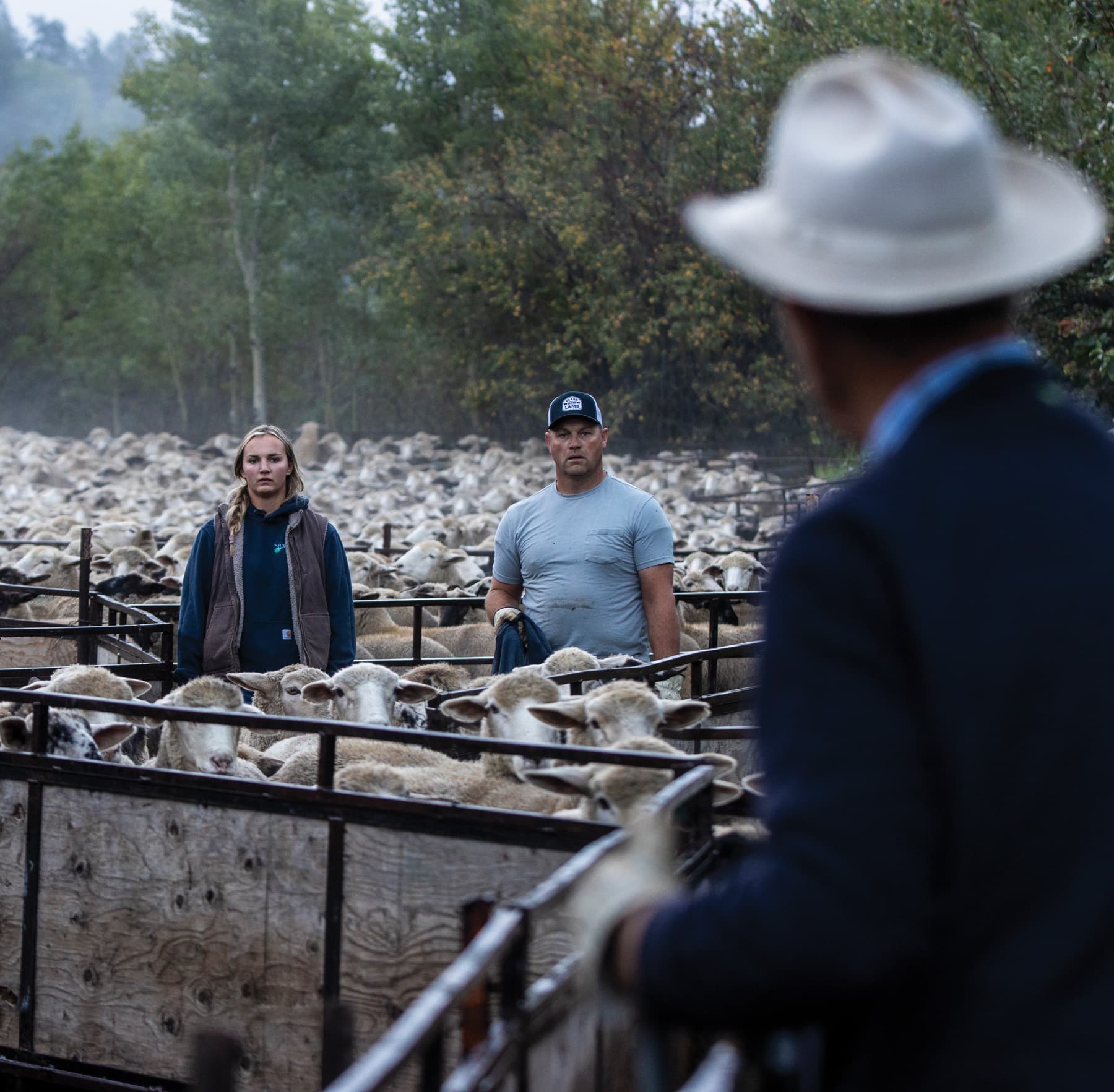
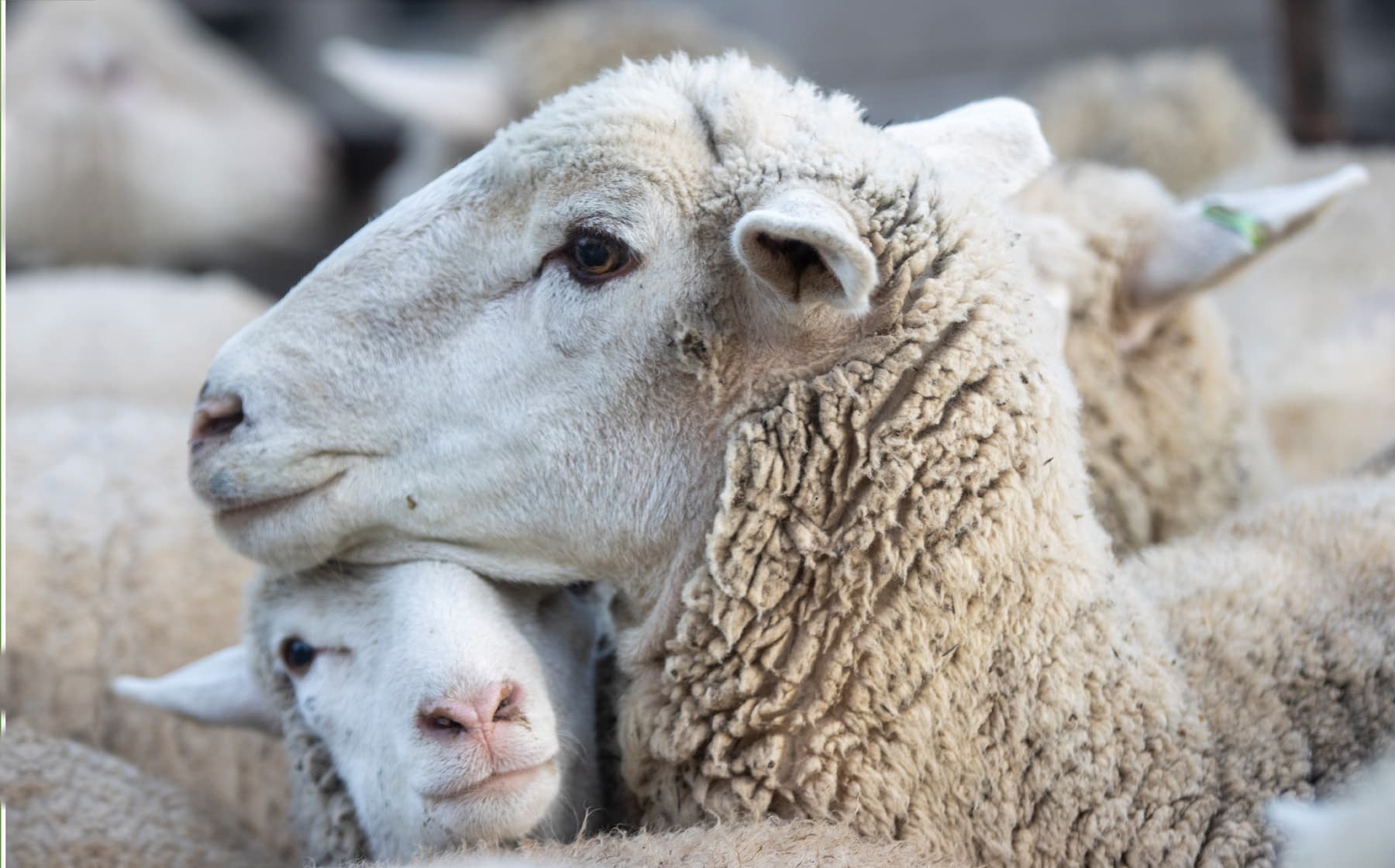
LAMB IS TYPICALLY associated with a strong flavor. Grand Teton Lamb boasts a milder flavor and a more tender texture thanks to its wild grazing grounds.
